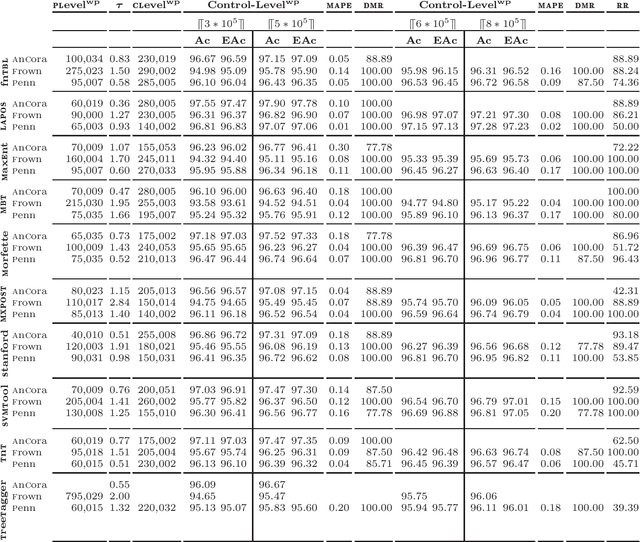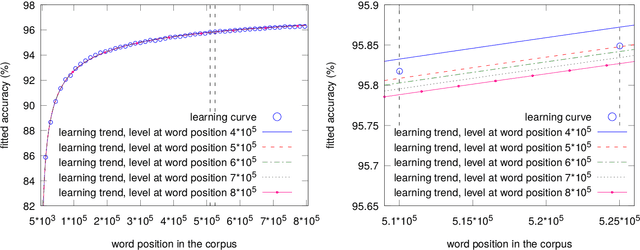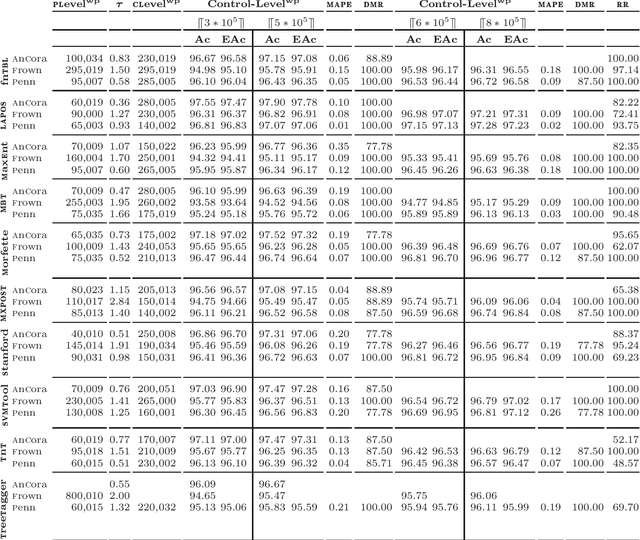Francisco J. Ribadas Pena
Early stopping by correlating online indicators in neural networks
Feb 04, 2024Abstract:In order to minimize the generalization error in neural networks, a novel technique to identify overfitting phenomena when training the learner is formally introduced. This enables support of a reliable and trustworthy early stopping condition, thus improving the predictive power of that type of modeling. Our proposal exploits the correlation over time in a collection of online indicators, namely characteristic functions for indicating if a set of hypotheses are met, associated with a range of independent stopping conditions built from a canary judgment to evaluate the presence of overfitting. That way, we provide a formal basis for decision making in terms of interrupting the learning process. As opposed to previous approaches focused on a single criterion, we take advantage of subsidiarities between independent assessments, thus seeking both a wider operating range and greater diagnostic reliability. With a view to illustrating the effectiveness of the halting condition described, we choose to work in the sphere of natural language processing, an operational continuum increasingly based on machine learning. As a case study, we focus on parser generation, one of the most demanding and complex tasks in the domain. The selection of cross-validation as a canary function enables an actual comparison with the most representative early stopping conditions based on overfitting identification, pointing to a promising start toward an optimal bias and variance control.
* 26 pages, 6 figures
Modeling of learning curves with applications to pos tagging
Feb 04, 2024



Abstract:An algorithm to estimate the evolution of learning curves on the whole of a training data base, based on the results obtained from a portion and using a functional strategy, is introduced. We approximate iteratively the sought value at the desired time, independently of the learning technique used and once a point in the process, called prediction level, has been passed. The proposal proves to be formally correct with respect to our working hypotheses and includes a reliable proximity condition. This allows the user to fix a convergence threshold with respect to the accuracy finally achievable, which extends the concept of stopping criterion and seems to be effective even in the presence of distorting observations. Our aim is to evaluate the training effort, supporting decision making in order to reduce the need for both human and computational resources during the learning process. The proposal is of interest in at least three operational procedures. The first is the anticipation of accuracy gain, with the purpose of measuring how much work is needed to achieve a certain degree of performance. The second relates the comparison of efficiency between systems at training time, with the objective of completing this task only for the one that best suits our requirements. The prediction of accuracy is also a valuable item of information for customizing systems, since we can estimate in advance the impact of settings on both the performance and the development costs. Using the generation of part-of-speech taggers as an example application, the experimental results are consistent with our expectations.
* 30 pages, 11 figures
 Add to Chrome
Add to Chrome Add to Firefox
Add to Firefox Add to Edge
Add to Edge